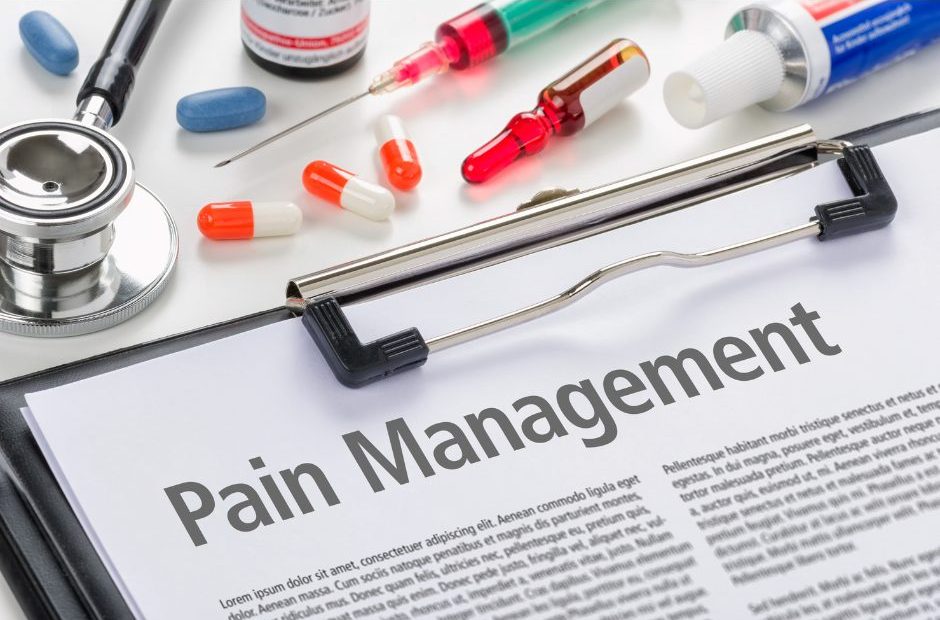Understanding the 4 P's in Pain Management: A Guide by Edward Rubin, MD Pain management…

What is Opioid-Induced Hyperalgesia & Could it be affecting your pain?
Did you know that pain medicine can actually cause more pain?
This is known as Opioid Hyperalgesia
- Opioid-Induced Hyperalgesia is when patients, typically on high dosages of opioids such as (morphine, hydrocodone, oxycodone and dilaudid) begin to experience more pain rather than less pain overall.
- The reason for the increased pain is an increase in your body’s pain receptors.
- Every drug binds to a receptor. When your receptor “sees” a drug all the time, it’s a signal to your body that you need more pain receptors. So, by taking opioid type pain medication every day, month after month, your body can actually experience more pain.
What is the Cure for Opioid-induced Hyperalgesia?
- The most straightforward approach is to discontinue the offending opioid. This should be done gradually to minimize adverse withdrawal effects. It should be noted that pain may likely worsen early in the discontinuation process. But you need to allow time for the bodies receptors to respond.
- Switching from one structural class of opioids to another has been an effective option. That is, just changing between pain medications
- Buprenorphine is an opiate blocking drug. It allows you to instantly come of pain medication and avoid the effects of withdrawal. For high dose patients, we have found this to be the most effective strategy.
Opioids should be used sparingly in chronic pain management.
Look for other alternatives for pain management such as gabapentin, Lyrica, Cymbalta, muscle relaxers and topical creams.
Dr. Rubin’s office offers many different alternatives such as…
- PRP Therapy is a regenerative technique where your bodies healing substances found in your blood is separated from the blood, and then injected back into your body where the pain is located.
- Laser Therapy is a non-surgical, non-drug approach to treating your pain. tissues targeted by High Power Laser Therapy are stimulated to increase production of a cellular enzyme which causes accelerated healing.
- Epidural Steroid Injection (ESI) is a minimally invasive procedure that can help relieve pain caused by inflamed spinal nerves in the back and lower back such as spinal stenosis, spondylolysis or disc herniations.
- Cervical Epidural Steroid Injection (CESI) is a minimally invasive procedure that can help reduce pain that is caused by the neck and radiating down the arm. The injections can be targeted along the discs and nerves to reduce inflammation at the source of the pain
Here at Dr. Edward Rubin’s office we encourage our patients to live life the healthiest way possible. If you would like the help of Dr. Edward Rubin, give our office a call today!
Office: (516)492-3100




This Post Has 0 Comments